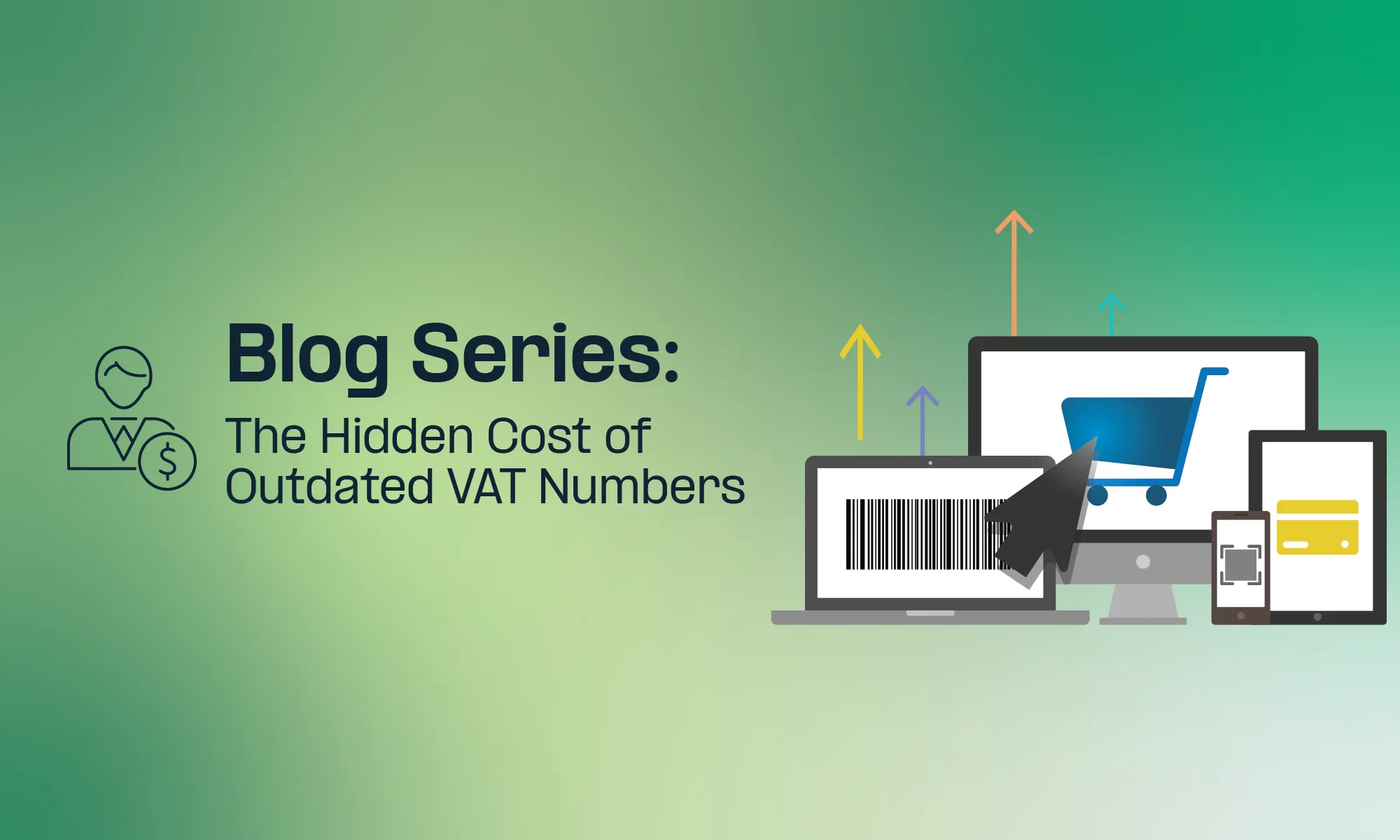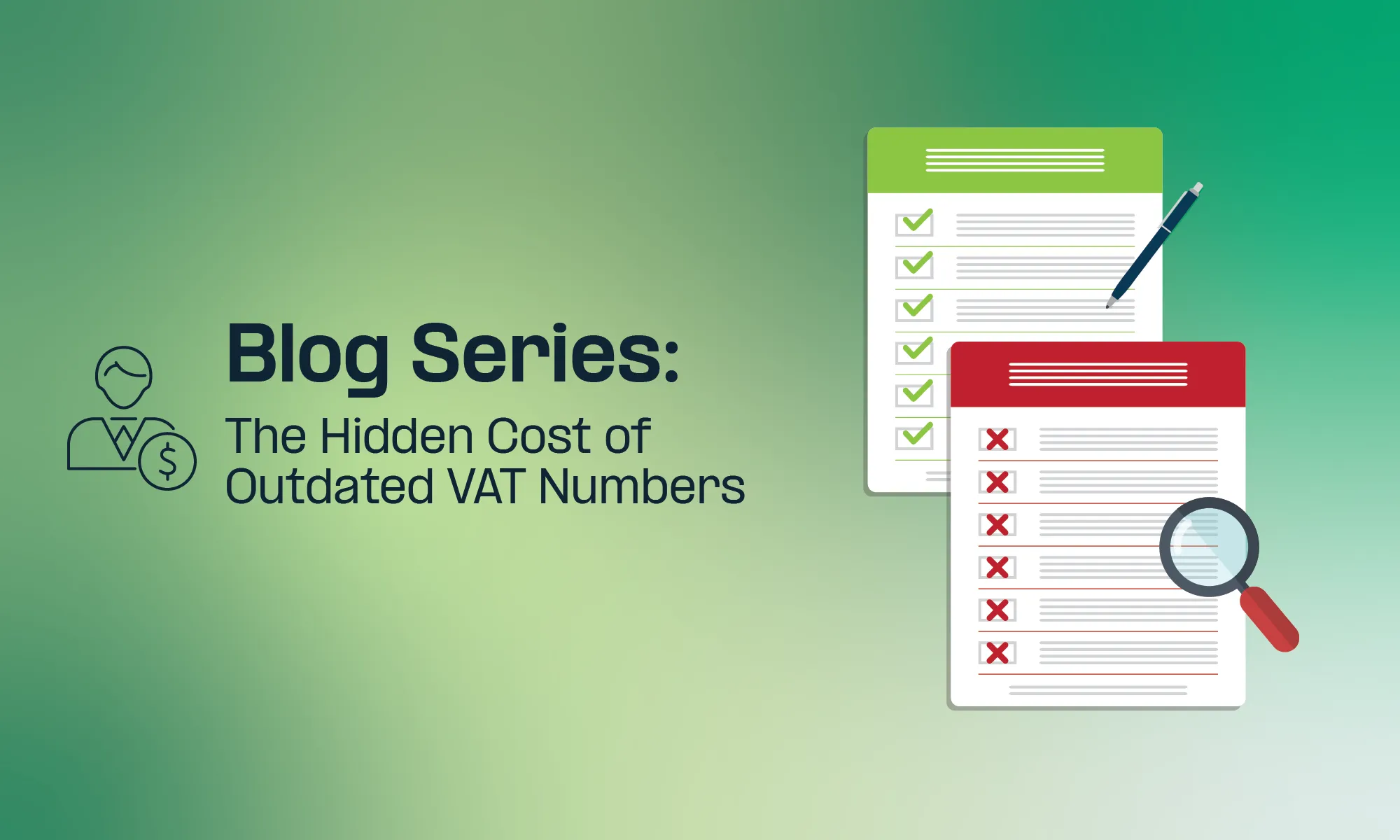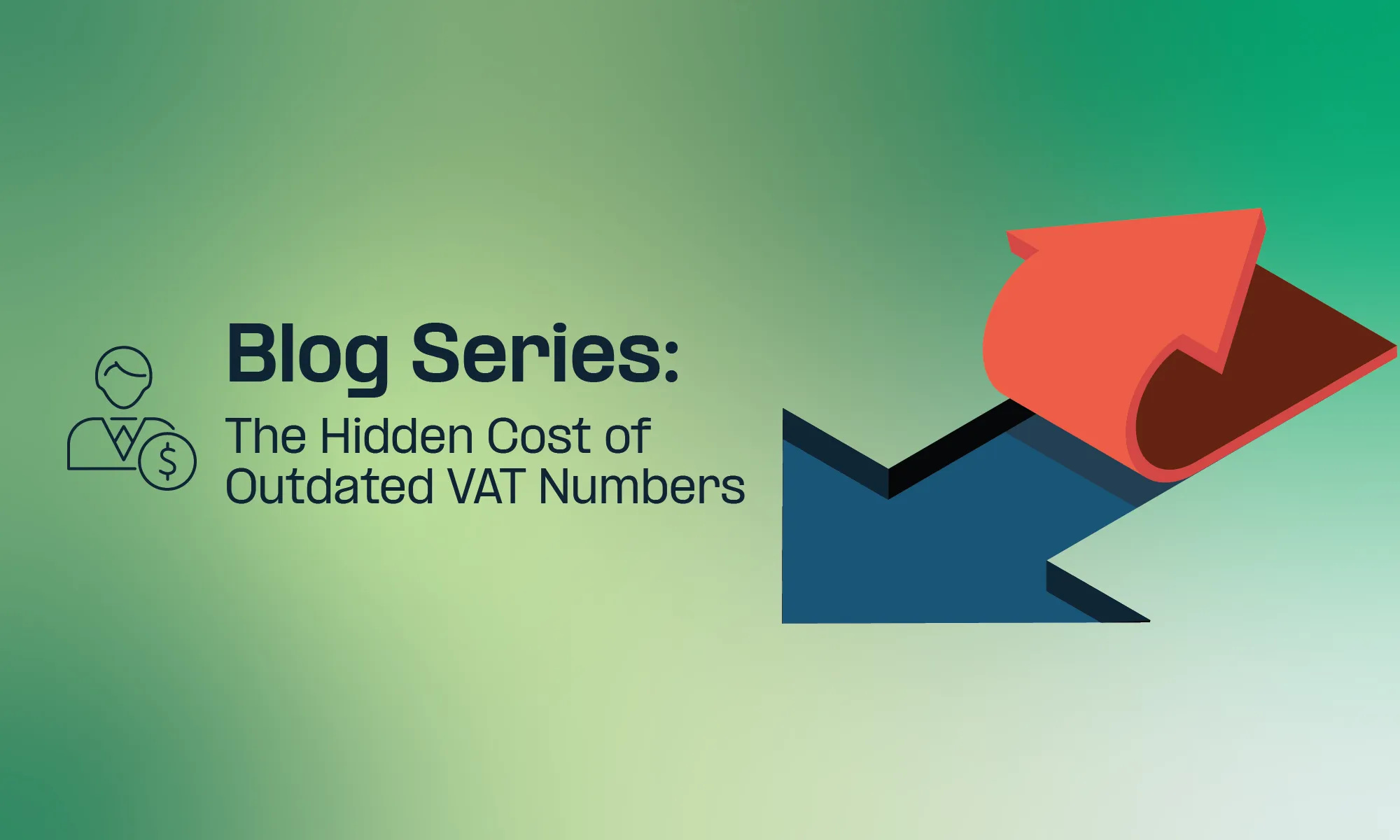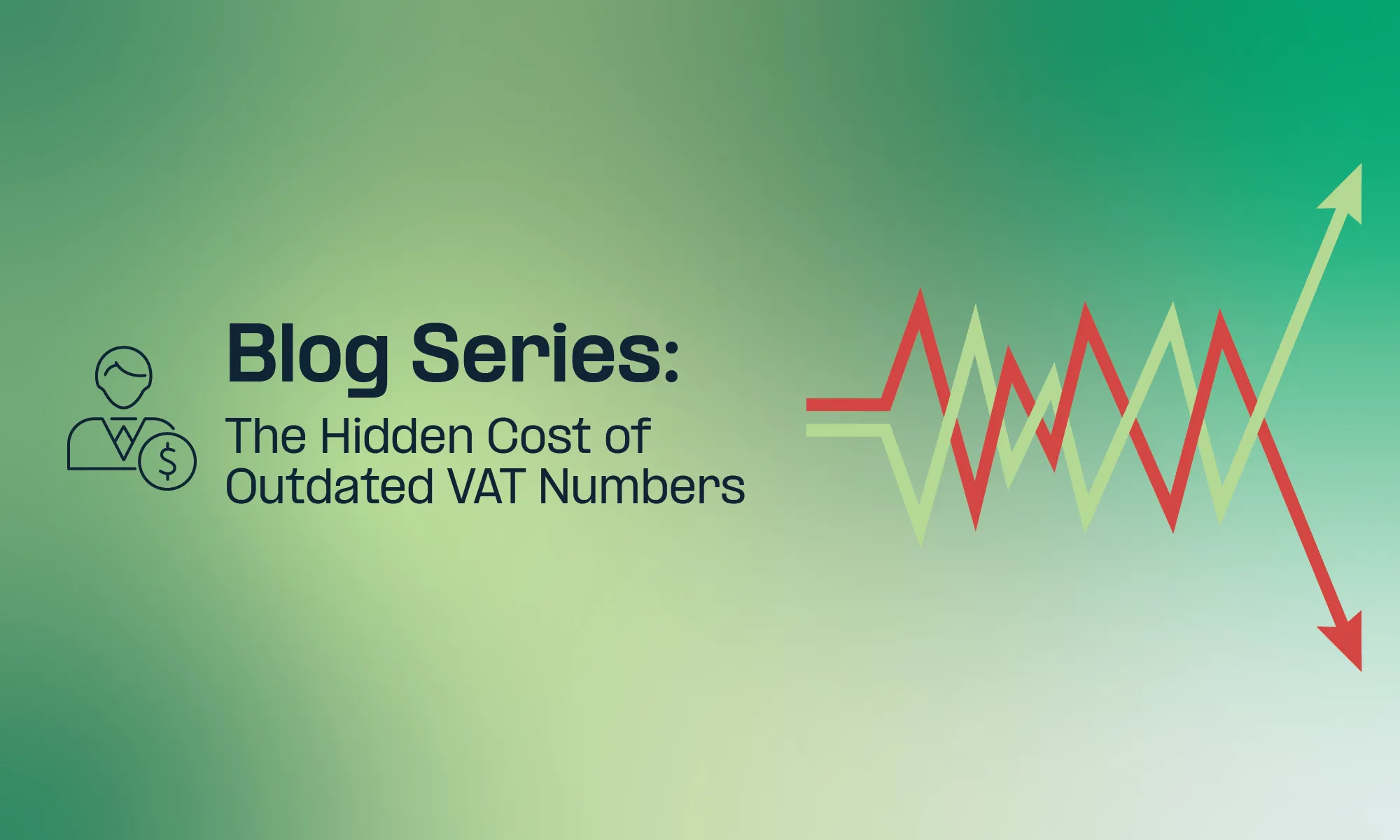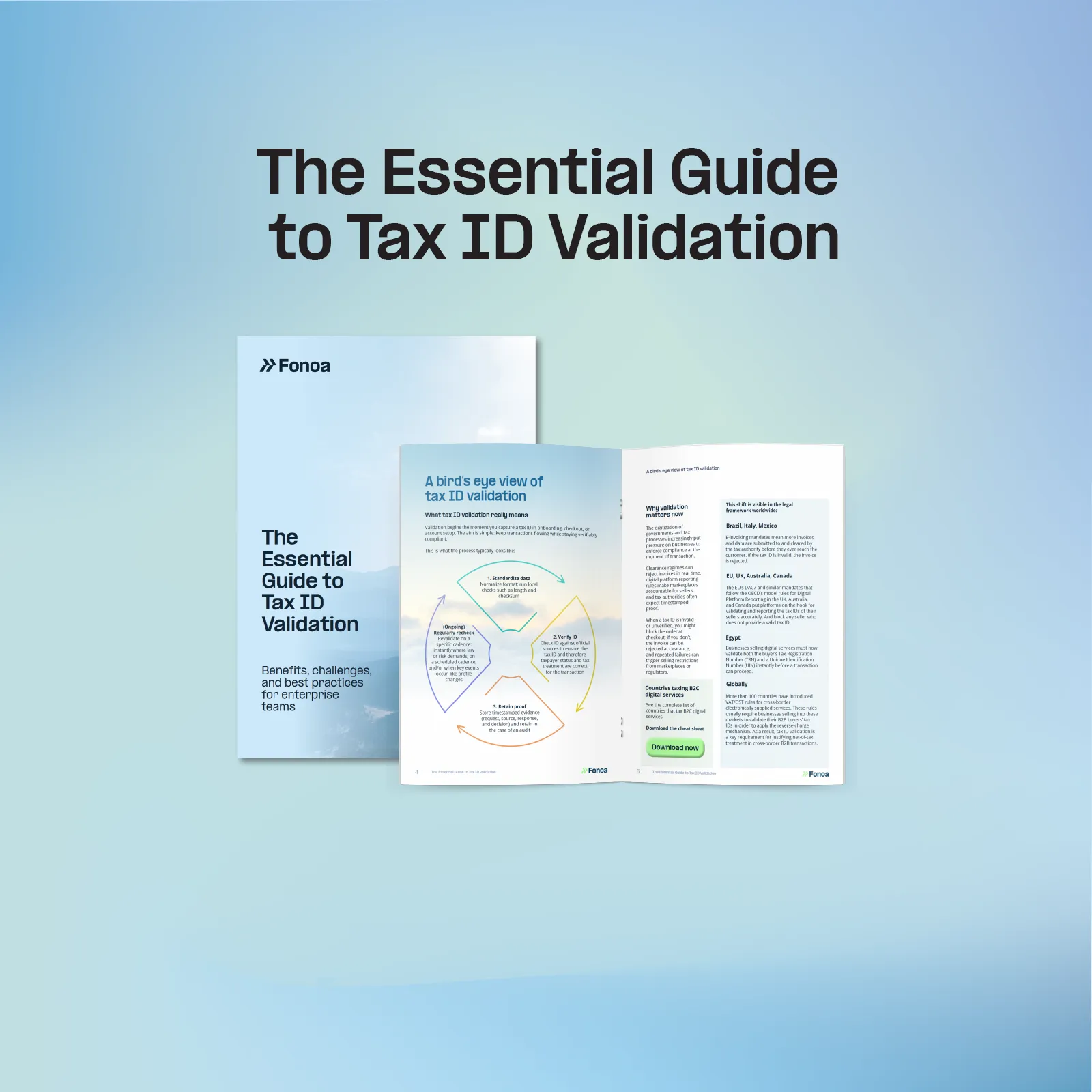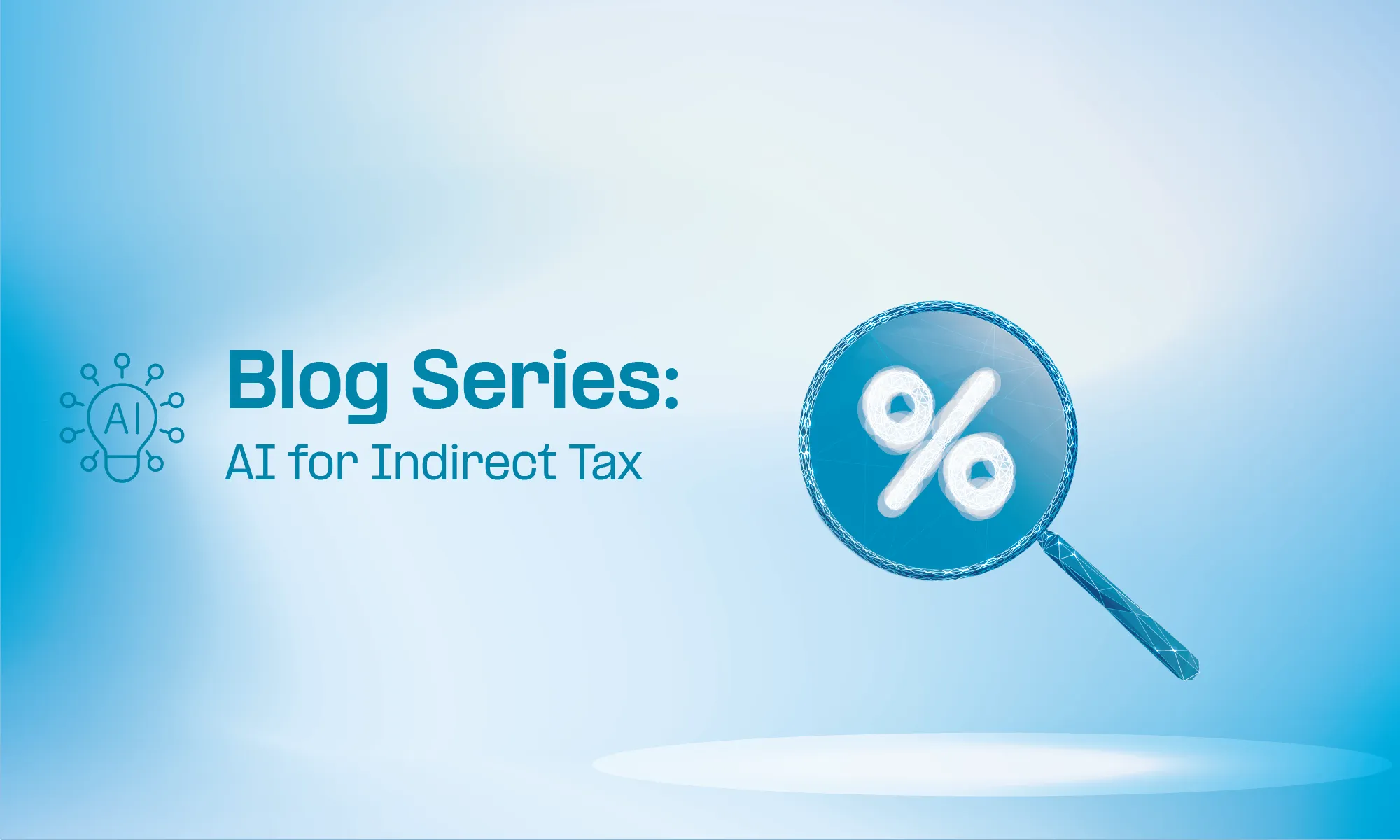In this post (Part 5 of our series on validating tax IDs), we explore how real businesses operating in the digital economy approach validation.
Global e-commerce and SaaS companies, which often operate without physical borders, have been at the forefront of tackling indirect tax number issues. Two examples, Amazon and Twilio, illustrate the challenges and solutions in the digital economy:
Amazon (ecommerce marketplace)
Challenges
Amazon, as a marketplace operator, deals with millions of third-party sellers and customers worldwide. Regulators increasingly hold platforms responsible for VAT on sales made through them, making compliance a central obligation.
In the EU and UK, Amazon is required to ensure its foreign sellers are VAT-registered when necessary. EU rules introduced in 2021 went further by designating marketplaces as “deemed suppliers” if a seller is not properly registered, which effectively places VAT liability on Amazon itself. Even before that, HMRC in the UK had measures forcing marketplaces to drop non-compliant sellers.
The scale of Amazon’s operations makes manual checks impossible, while constant regulatory changes across markets, such as India’s requirement for e-commerce operators to collect GST from unregistered sellers, compound the challenge.
Solution
To address these pressures, Amazon integrated tax compliance processes directly into its systems. Within Seller Central, sellers are required to input VAT or GST numbers, which are verified before transactions can proceed.
When a seller fails to provide a valid VAT ID in a region where it is mandatory, Amazon issues warnings and can suspend the seller’s account to ensure compliance. On the customer side, Amazon Business validates buyer VAT numbers so that VAT is not charged on intra-EU B2B transactions and so invoices meet reporting requirements.
Amazon Web Services (AWS) follows a similar model, validating customer tax IDs to apply the correct GST or VAT. For example, AWS does not charge VAT to EU business customers who have a valid VAT number on file and instead uses OSS registration to remit VAT where needed.
To operate at scale, Amazon relies on automated tax engines and has partnered with solution providers to support seller VAT compliance services.
Key takeaways
- Marketplaces must integrate tax ID validation into both seller onboarding and ongoing operations.
- Automated systems are essential to manage compliance at scale and adjust quickly to new regulations.
- Treating compliance as a core operational process protects platforms from liability and prevents facilitation of tax evasion.
Twilio (cloud communications SaaS)
Challenges
Twilio provides communication APIs globally and sells services purely online. As a US-based SaaS company expanding into many countries, it had to navigate complex VAT and GST obligations across jurisdictions.
A central challenge was differentiating between B2C and B2B sales: consumer transactions require VAT/GST collection, while business transactions may be exempt if a valid tax ID is provided.
The diversity of tax regimes added further complexity, as Twilio needed to handle multiple types of tax IDs such as VAT in the EU and UK, GST in Asia-Pacific, and CPF/CNPJ in Brazil. Managing varying formats and ensuring they were correct created both compliance and operational risk.
Solution
Twilio embedded tax ID validation into its customer onboarding and billing processes. Its help center makes clear that local tax laws require validation of TINs to determine whether VAT or GST should apply.
Concretely, Twilio charges VAT or GST in jurisdictions where required, such as the EU and Australia, unless a customer provides a valid business number. For example, in 2019 Twilio began charging VAT on EU services, but exempted B2B customers who entered valid VAT IDs in their billing profiles.
The company built a validation feature into its console that checks VAT and GST numbers against government databases (such as VIES in the EU) and revalidates them periodically (as frequently as monthly in certain high risk jurisdictions as directly dictated by the tax authority). If the number is invalid or missing, VAT is applied.
Twilio also retains proof of validations to justify tax treatment during audits. At scale, it likely uses a mix of in-house tools and third-party compliance software, potentially including providers like Fonoa, to manage the global workload.
Key takeaways
- Tax ID validation must be integrated into onboarding and billing, not treated as an afterthought.
- Automated collection and verification ensure customers are charged correctly and reduce compliance risk.
- Retaining validation records is essential for defending tax treatment during audits.
- Treating validation like other standard checks (fraud or payment verification) makes it a natural part of the customer experience.
Related examples
Other companies in similar domains (digital advertising, ride-sharing, online marketplaces for services, etc.) have comparable stories.
Uber, for example, had to validate driver and restaurant VAT numbers when it pivoted to new models (Uber Eats collects tax on behalf of restaurants in some countries). They spent extensive effort (as noted by a former Uber tax tech lead) building internal tools until third-party solutions emerged.
Summary: Digital businesses must keep tax IDs up to date
In summary, digital economy companies face high-volume, multi-region tax ID challenges. They solve it by automating validation, integrating it into user flows, and using specialized services with real-time connections to local government databases.
Their experiences show that robust tax ID processes can be a competitive necessity, enabling them to serve customers in compliance, avoid tax charges that shouldn’t apply, and prevent platform misuse. It also demonstrates the trend that governments enlist these companies (through regulations like DAC7, marketplace VAT rules, etc.) to police tax compliance, effectively deputizing them to perform tax ID validation as part of their business operations.
FAQ's
Why is tax ID validation critical for digital businesses?
Tax ID validation ensures compliance, prevents penalties, and enables correct VAT/GST treatment across regions.
How does Amazon manage VAT compliance for sellers?
Amazon integrates VAT checks into Seller Central, validates IDs before transactions, and suspends non-compliant sellers.
How does Twilio validate customer tax IDs?
Twilio checks VAT/GST numbers against government databases like VIES, revalidates them periodically, and applies VAT if IDs are invalid.
What tools help companies automate tax ID validation?
Businesses use a mix of internal systems and third-party providers like Fonoa to connect with local government databases in real time.
